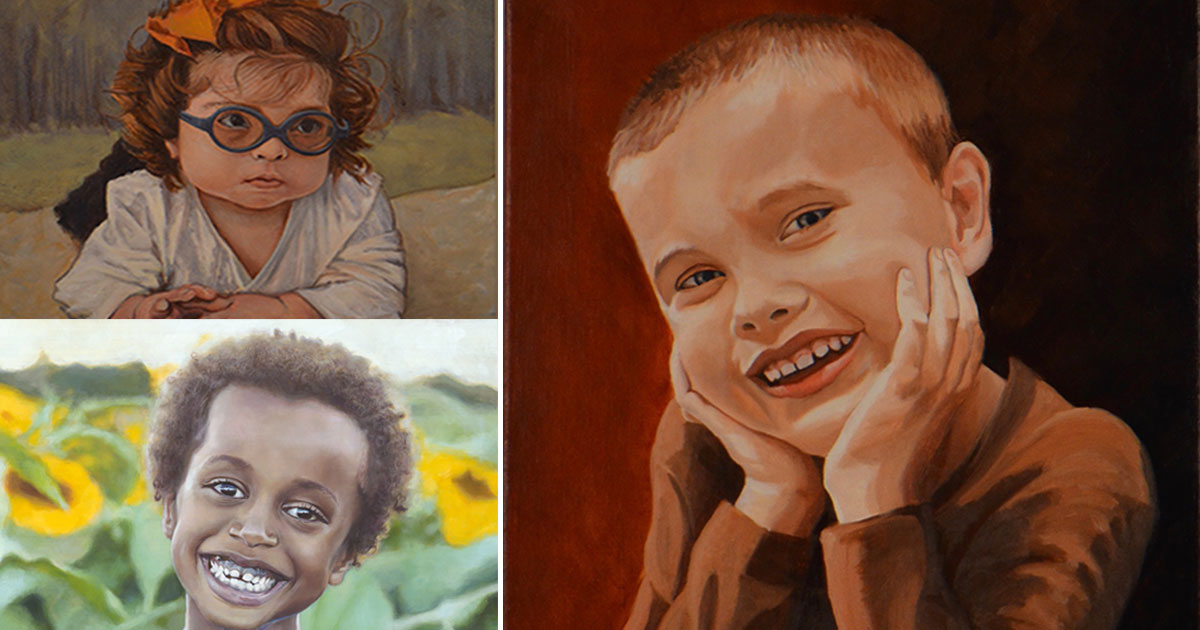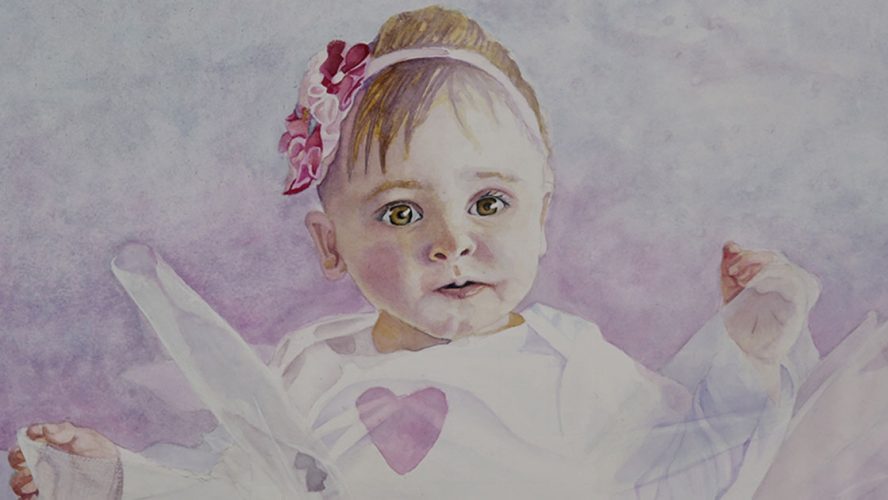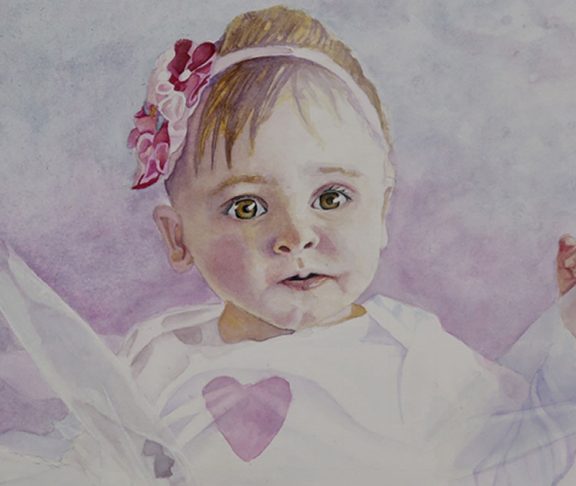An intimate window has been opened into the world of rare diseases; education has been raised, with faster diagnoses for a once near invisible community. This is thanks to the Beyond the Diagnosis art exhibit,
Beyond the physical, emotional and financial burden of living with — or supporting a loved one who lives with — one of 7,000 rare diseases recognized today, the rare disease community suffers from a crisis of visibility. “When you hear ‘rare disease,’ you think uncommon,” says Patricia Weltin, founder and CEO of the Rare Disease United Foundation. “People can’t feel compassionate to our cause because it’s unimaginable to them.”
The start of something big
Weltin conceived of the Beyond the Diagnosis art exhibit in 2015. She has two daughters who live with hypermelanosis and Ehlers-Danlos syndrome. Her goal? To attract the attention of the medical community.
Subsequently, she recruited Rhode Island artists to paint local children living with rare diseases. The 17 portraits were hung at Brown’s medical school.

Less than three years later, the grassroots effort has blossomed. “We now have some of the greatest research institutes in the world who are having symposiums and curriculums surrounding the exhibit,” she shares, adding, “Some days I have to pinch myself. I can’t believe the extraordinary effect that this is having on the community.”
Growing visibility
Now the exhibit travels across the country. This includes annual stops at the National Institute of Health and the Food and Drug Administration. As a result of word of mouth and a growing social media presence, hundreds of children having their portraits painted. Additionally, there’s an international waiting list of artists that wish to donate their skills.
Tragically, since the exhibit began, five children painted have lost their battles. Weltin offered to return the portraits, but each family declined. “They want their child’s life to continue to be the face of the disease… to raise awareness and to increase research.”
Above all, Beyond the Diagnosis is bridging the gap between the rare disease community and the wider world. “People have an appreciation for the arts,” Weltin reflects, “and that appreciation has become compassion for our children.”

